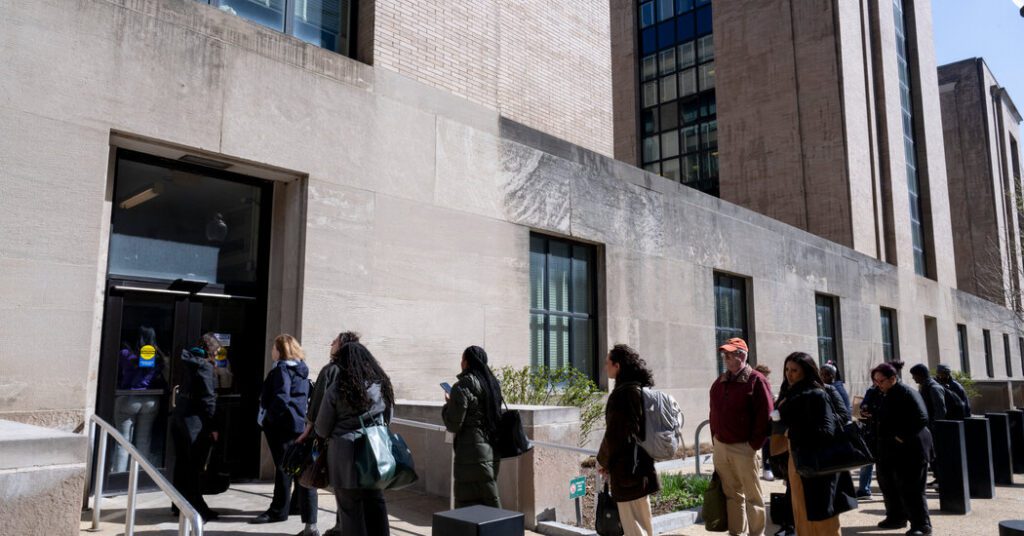Impact of Proposed CDC Budget Cuts on Public Health Initiatives
Proposed funding cuts by the federal government threaten the CDC’s chronic disease programs, prompting widespread concern among health officials.
A Looming Public Health Crisis
As part of a broader health agenda, Robert F. Kennedy Jr., the nation’s health secretary, has highlighted the urgency of addressing chronic health issues in America. In stark contrast, recent proposals from President Trump aim to drastically cut funding for the Centers for Disease Control and Prevention (CDC), particularly targeting its chronic disease center.
Details of the Proposed Budget Cuts
The proposed budget includes a nearly 50% reduction in CDC funding, dropping from $9.2 billion in 2024 to about $4 billion. Notably, the entire chronic disease center, which plays a crucial role in public health, faces elimination.
Dr. Matifadza Hlatshwayo Davis, health director in St. Louis, expressed confusion about this decision, questioning how such cuts align with the goal of promoting national health.
Implications for Chronic Disease Programs
The CDC’s chronic disease center is integral in combating ailments such as cancer, diabetes, and heart disease. Recent job cuts totaling 2,400 positions have already diminished the agency’s capacity.
- Programs for smoking cessation and lead poisoning prevention have been identified for elimination.
- The loss of federal funding raises concerns about the capability of state health officials to manage chronic disease programs effectively.
State-Level Responses and Concerns
The effects of these cuts are already felt at the state level, with officials like Dr. Scott Harris from Alabama noting that 84% of their public health budget is reliant on the CDC. Eliminating funds could decimate vital health programs.
Similarly, Dr. Brooke Cunningham from Minnesota reported a workforce reduction of 140 employees, with additional layoffs on the horizon if funding does not improve. Many programs critical for public health—including those serving Native American communities—stand to be severely impacted.
Community Impact: Real Stories
The CDC’s chronic disease initiatives have a tangible effect on lives. For instance, Stephanie Barr from Kansas credits the CDC’s programs with saving her life by enabling her access to cancer screenings when she was uninsured.
Since its inception, the National Breast and Cervical Cancer Early Detection Program has facilitated over 16.3 million screenings for individuals lacking affordable health access.
Call to Action: Health Officials Respond
Numerous health associations are rallying against the proposed cuts, emphasizing that such measures would devastate the nation’s public health infrastructure. Direct quotes from health professionals illustrate widespread alarm:
“If you don’t collect the information or keep these surveillance systems going, you don’t know what’s happening, you don’t know what the trends are,” said Dr. Philip Huang, Dallas County Health and Human Services Director.
Health officials emphasize the continuing need for robust funding to sustain public health initiatives, particularly as smoking remains a leading cause of preventable death in the U.S.
Conclusion: The Path Forward
As budget discussions unfold, the challenge remains to ensure that the health needs of Americans are prioritized. The consequences of funding cuts could resonate across communities, impacting vital health programs and services. Advocacy persists among health officials who see the value in sustaining these essential public health initiatives.


